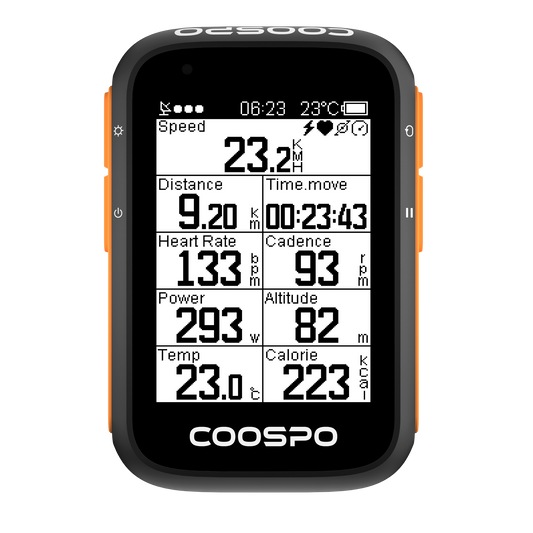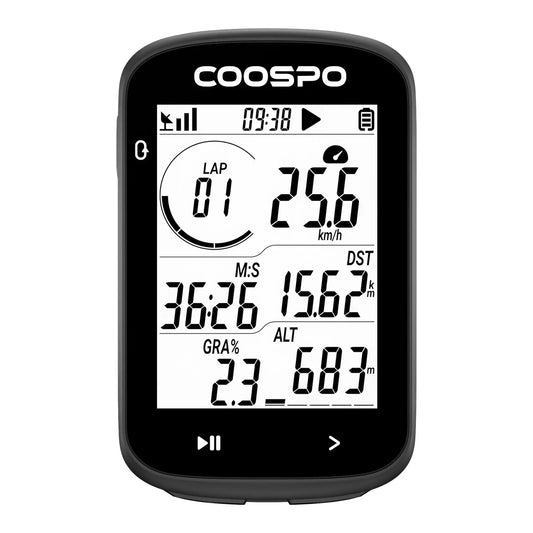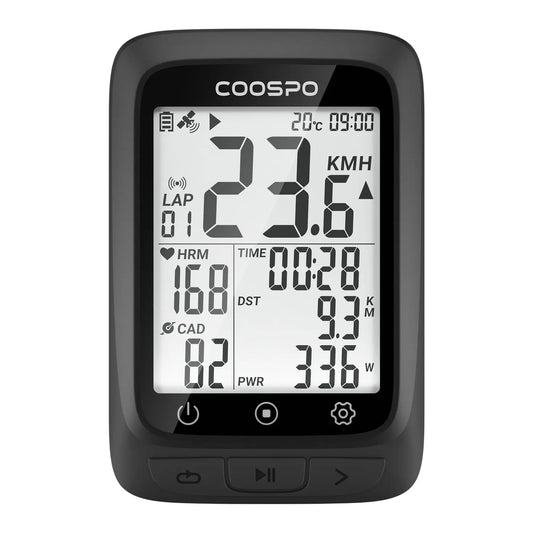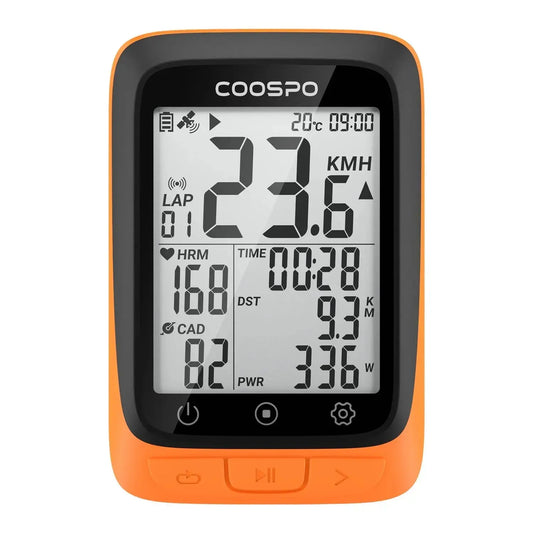Safe Workouts for Sore Knees: How to Exercise Without Knee Pain
Dealing with knee pain can be challenging, especially when it comes to staying active. Many people with sore knees worry that exercise might worsen their condition. However, the good news is that exercise may actually help alleviate certain types of knee pain rather than exacerbate it.

A systematic review of studies found that only 13% of men and 8% of women with knee and hip osteoarthritis met physical activity guidelines and recommended daily steps. However, engaging in regular exercise can help alleviate swelling and stiffness, improve joint range of motion, and strengthen the muscles surrounding the knee.
This article will explore how you can safely exercise with sore knees, focusing on suitable workouts and strengthening exercises, and provide guidance on how to manage knee discomfort effectively. We'll discuss low-impact activities that can help maintain joint health without exacerbating pain. Additionally, we'll cover proper techniques and precautions to ensure you can stay active while protecting your knees from further strain.
Can you exercise with sore knees?
You might think exercising with a sore or arthritic knee is a bad idea, but it's actually better than not moving at all. The trick is to choose exercises that don't put too much stress on your knees but still give you a good workout. This way, you can stay active and help your knees at the same time.
A recent study shows that gentle exercises can help people with knee arthritis. These exercises can make their knees hurt less and move better. This is good news for anyone with sore knees who wants to stay active.
Exercise is very important for people with sore knees. It helps keep your knees flexible and strengthens the muscles that support them. The type of exercise you can do depends on how much your knees hurt. It can be as simple as bending and straightening your leg, or as active as walking, cycling, swimming, and running. The key is to start with gentle movements and slowly work up to more challenging activities as your knees get stronger.
How to help sore knees
Relief from knee pain often hinges on identifying its root cause. Excess weight can significantly impact your knees—the Cleveland Clinic reports that each additional pound adds 2–4 pounds of pressure on your knees. To address this, your doctor might suggest a combined approach of diet and exercise. This strategy aims to help you shed excess weight and build strength in your lower body muscles, potentially alleviating knee discomfort.
If wear and tear is the cause of your knee issues, your doctor may recommend the RICE method—Rest, Ice, Compression, and Elevation—along with physical therapy. Here's a breakdown of these approaches:
Rest and Ice: Resting the knee and applying ice can reduce inflammation and pain. The RICE method is a common approach for managing knee soreness.
Elevation: Raising the knee above heart level can help reduce swelling, especially after exercise or prolonged activity.
Compression: Using an elastic bandage or knee sleeve can provide support and reduce swelling. Be careful not to wrap too tightly, as this could restrict circulation.
Pain Relief: Over-the-counter pain medications like ibuprofen or acetaminophen can help manage pain and inflammation. Always consult your healthcare provider before starting any new medication.
Proper Footwear: Wearing supportive shoes with good cushioning can ease stress on the knees. Orthotic inserts might also help correct alignment issues.
Workout for bad knees
When dealing with sore knees, choosing the right exercises is crucial. Low-impact workouts are generally recommended, as they put less stress on the joints. Here are some effective exercises to consider:
Walking
Walking is a low-impact activity that's gentle on the joints. It improves cardiovascular health, strengthens muscles around the knee, and enhances overall joint function. Choose flat, even surfaces to minimize impact, and wear supportive footwear.

A study in Arthritis Care & Research found that walking can reduce pain and improve function in people with knee osteoarthritis. Start with brisk, 20–30 minute walks several times a week, gradually increasing duration as you're able.
Walking is also an effective way to burn calories and lose weight. It increases blood flow to tight muscles and strengthens the muscles supporting your knee. For those with knee pain, longer, slower walks may be more comfortable and beneficial.
Cycling
Cycling is great for your knees because it doesn't put much pressure on your joints. This makes it a good choice for people with arthritis or other knee problems. When you pedal, the round motion helps keep your knee joint smooth and makes the muscles around it stronger.
You can use a regular bike outdoors or an exercise bike at home. Both types of cycling are easy on your knees and other joints that carry your body weight.

Research in The American Journal of Sports Medicine indicates that cycling can improve knee function and reduce pain in individuals with osteoarthritis. Begin with shorter, low-resistance sessions, gradually increasing duration and intensity as your comfort level improves. Cycling also engages your glute muscles and hamstrings—key muscle groups that support and protect your knees.
Exercise in water
Exercising in water, like swimming or water aerobics, is easy on your joints and works out your whole body. The water helps hold you up, which means less stress on your knees.
Water exercises are great for people with sore knees. The American Physical Therapy Association says that when you're in a swimming pool, the water holds up to 90% of your body weight. This means there's much less pressure on your knees. Also, the water's buoyancy (the force that makes things float) helps you move more easily without hurting your joints.

The impact of walking on the pool floor is significantly less than walking on dry land. You have the advantage of the ease of movement through the water without the impact you would have walking outdoors. Try incorporating water walking, aqua jogging, or water aerobics into your routine.
Elliptical machine
The elliptical machine is a great option for people with sore knees. It's like walking or running, but easier on your joints. When you use an elliptical, you move your legs in a smooth, circular motion. This puts less stress on your knees compared to running on hard ground. That's why it's especially good for people who have knee pain but still want to exercise.
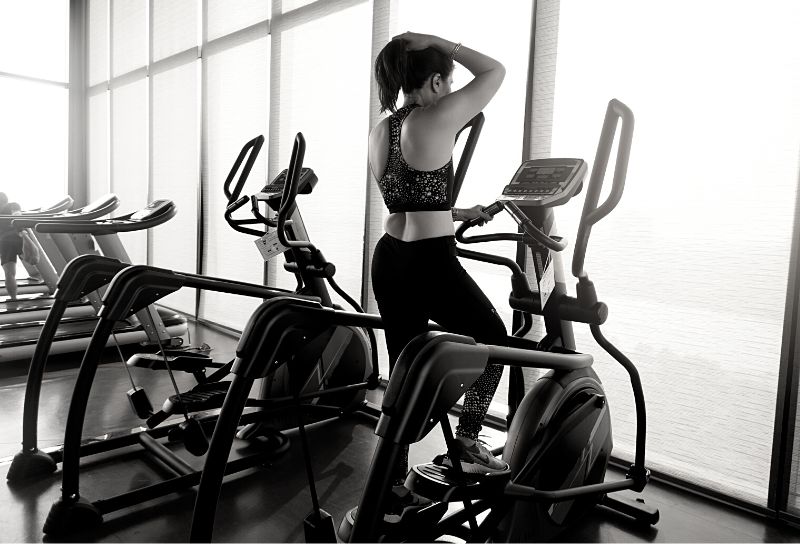
Studies show low-impact cardio workouts on an elliptical machine can increase blood flow to knee cartilage, strengthen the muscles around the knee, reduce pain and improve knee function.
Using an elliptical machine also helps make your leg muscles stronger. It works out your thigh muscles (quads and hamstrings) and your ankle muscles. This helps keep your knees healthy by giving them better support.
Strengthening exercises
Strengthening the muscles around the knee can provide better support and reduce pain. Focus on exercises that target the quadriceps, hamstrings, and calf muscles.
Straight-leg lift
How to do it: Lie on your back with one leg bent and the other straight. Lift the straight leg to the height of the bent knee, hold for a few seconds, and lower it slowly.
Repetitions: Perform 2–3 sets of 10–15 repetitions.
The British Journal of Sports Medicine suggests that straight-leg lifts can strengthen the quadriceps, improving knee stability and function.
Single-leg dip
How to do it: Stand on one leg and lower your body as if you're sitting in a chair, keeping your knee aligned with your toes. Return to the starting position.
Repetitions: Perform 2–3 sets of 10–12 repetitions per leg.
Single-leg dips enhance balance and strengthen the muscles around the knee.
Hamstring curls
How to do it: Lie on your stomach with your legs extended. Bend your knees to bring your heels towards your buttocks, then slowly lower them back down.
Repetitions: Perform 2–3 sets of 10–15 repetitions.
Hamstring curls strengthen the back of the thigh, which is essential for knee stability.
Wall squat
How to do it: Slide down a wall until your thighs are parallel to the ground, keeping your back pressed against the wall. Hold the position for a few seconds, then rise back up.
Repetitions: Perform 2–3 sets of 10–15 repetitions.
Wall squats strengthen the quadriceps and improve knee alignment.
Step-ups
How to do it: Step onto a sturdy platform or step with one foot, then bring the other foot up. Step back down one foot at a time.
Repetitions: Perform 2–3 sets of 10–12 repetitions per leg.
Step-ups strengthen the quadriceps and glutes, benefiting overall knee health.
Conclusion
Exercising with sore knees is not only possible but also beneficial when done carefully. By choosing low-impact workouts and incorporating strengthening exercises, you can improve both your knee health and overall fitness. To monitor your progress and ensure you're exercising at the right intensity, consider using a heart rate monitor. These devices provide accurate measurements, helping you stay within safe exercise zones and avoid overexertion.

With the right approach and tools, you can enjoy a more active lifestyle while managing and alleviating knee discomfort. Remember, the key is to listen to your body and progress gradually.



